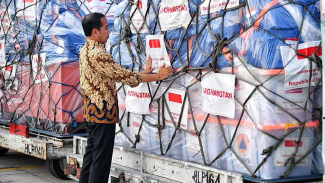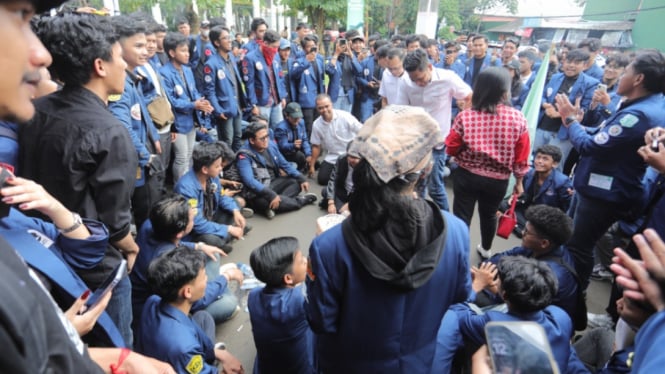Knowing Semakau, the Island Paradise Built on a Garbage Dump in Singapore
- National Environment Agency
Singapore – Singapore's only landfill, Semakau is more than half full and environmental experts are sounding the alarm on the need for people to reduce their waste.
The plot of land, which is larger than 650 football fields, has two parts. The first is nearly at maximum capacity, while the other is around 10 percent filled.
The 350ha landfill, which has enough space to hold waste the capacity of 11,200 Olympic-sized swimming pools, is expected to reach full capacity by 2035.
The rubbish produced by nearly 6 million people in Singapore is incinerated, resulting in over 2,000 tonnes of ash and non-incinerable waste like sludge getting sent to Semakau every day.
Singapura.
- Pixabay/ sasint
“We have a real problem in Singapore and rising production of waste by consumers and by households is clearly the main reason for us having this concern,” said Associate Professor Johan Sulaeman, director of the Sustainable and Green Finance Institute at the National University of Singapore (NUS), as quoted from CNA Site.
“We can mine the ash and repurpose the ash for something that is useful either for construction or perhaps for reclamation of land,” he said, adding that the government is also studying the possible solution.
The National Environment Agency is conducting studies with local universities NUS and Nanyang Technological University to determine if the ash from this island can be repurposed into construction materials.
However, there are challenges in doing so, said Assoc Prof. Sulaeman.
Such repurposing could be controversial to some extent due to the possibility of the ash being contaminated from the incineration process, he said.
He added: “This (ash) may need to be processed again before it can be used for any type of land reclamation or for example, making concrete out,”
However, such issues can be overcome with technology, he said, while acknowledging that the cost of its implementation would be high.
He further noted that there are other costs to consider, “We need to understand what is the cost of the elimination of materials that can be harmful to the environment as well as to the society,”
“You have chemicals, you have microbiome content that can pose some risk to human and environmental health and we need to reduce those risks and hope that we can eliminate the risks," he concluded.


































